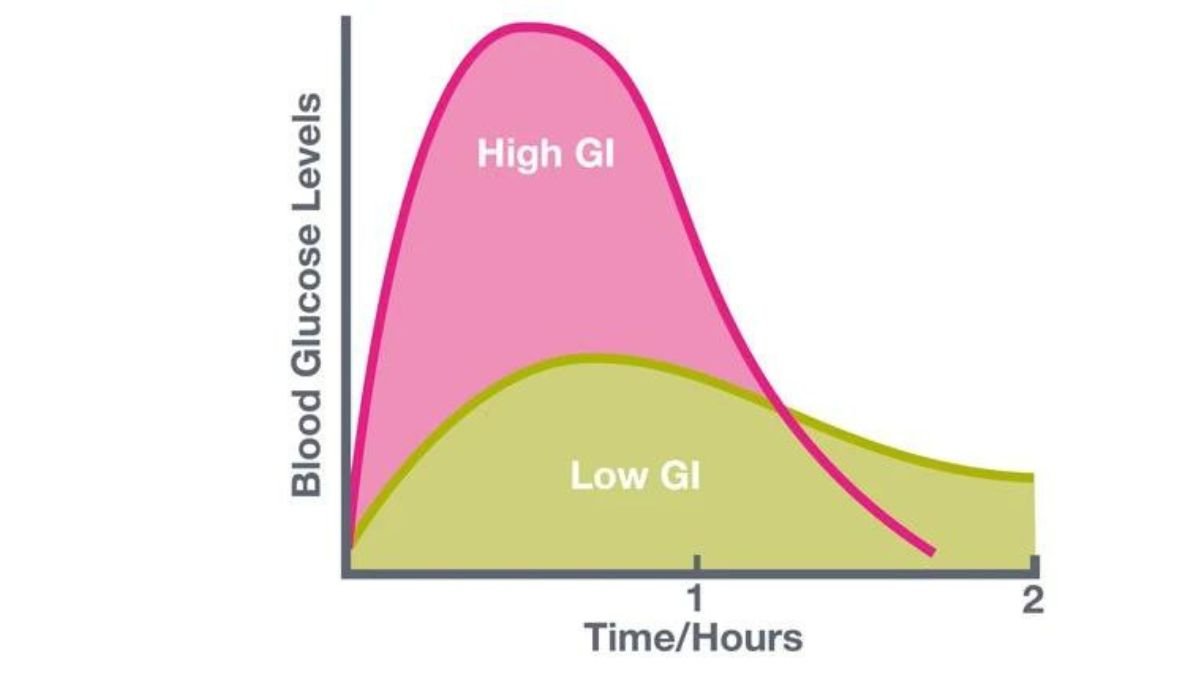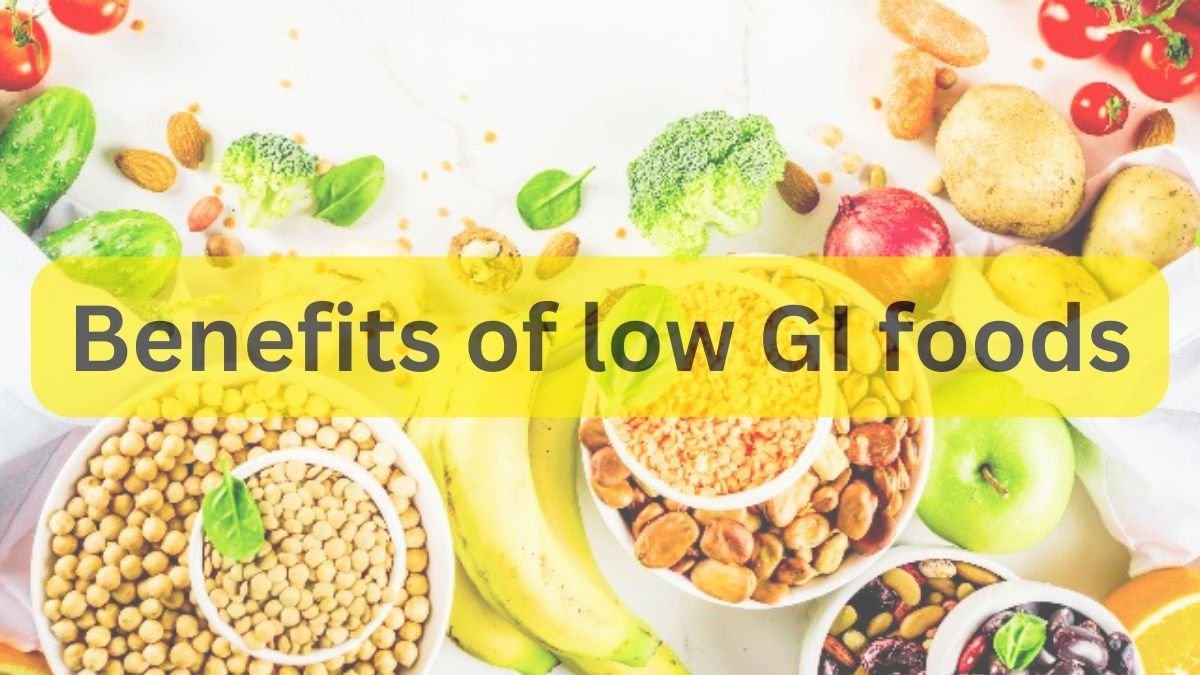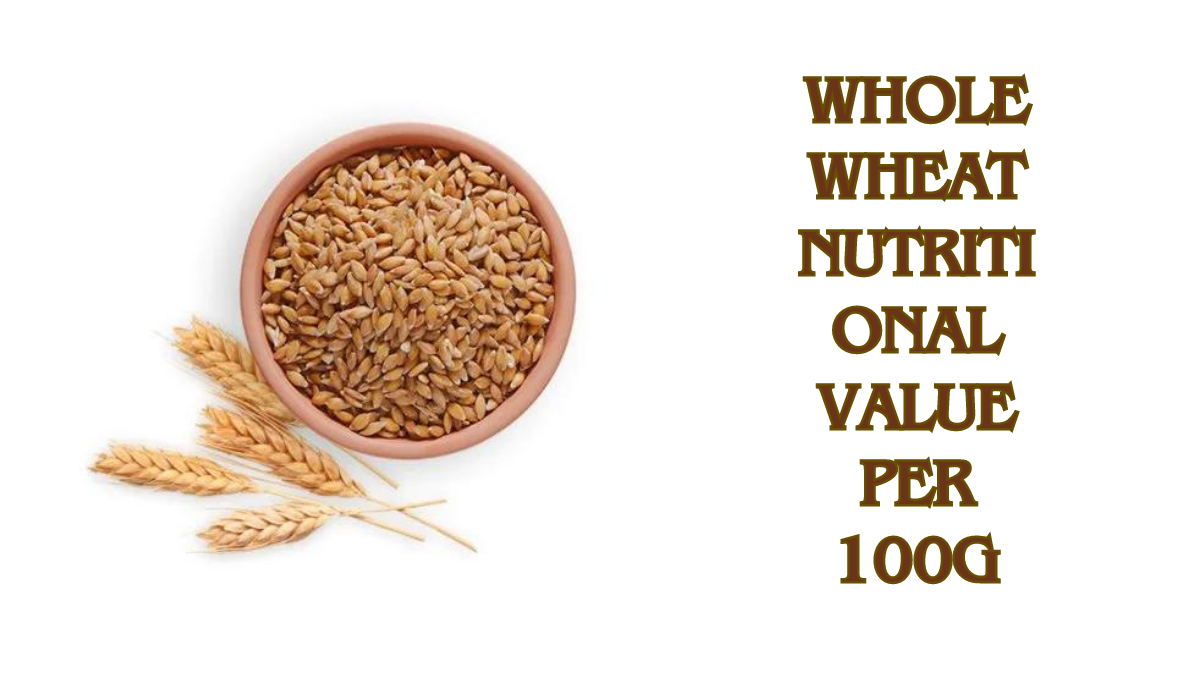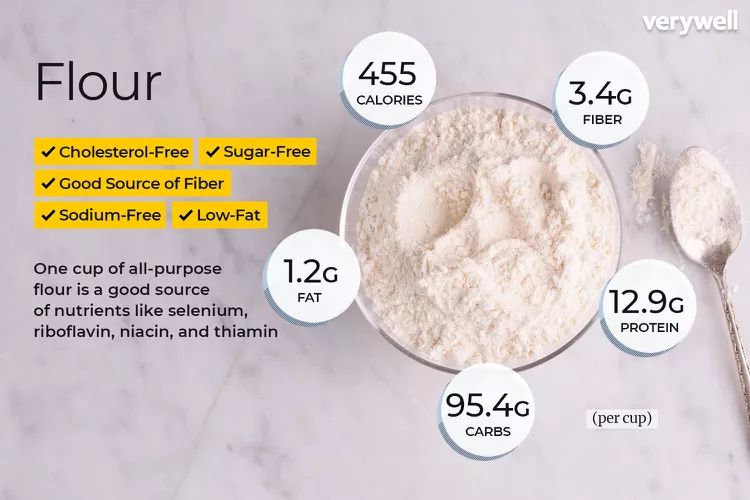Sure, here’s a general breakdown of the glycemic index (GI) ratings of some common carbohydrates:
- Low GI Carbohydrates (GI 55 or less):
- Legumes (e.g., chickpeas, lentils, kidney beans)
- Non-starchy vegetables (e.g., broccoli, spinach, tomatoes)
- Most fruits (e.g., cherries, apples, oranges, grapefruit)
- Whole grains (e.g., barley, quinoa, bulgur, oats)
- Nuts and seeds (e.g., almonds, walnuts, chia seeds)
- Medium GI Carbohydrates (GI 56 – 69):
- Some fruits (e.g., pineapple, mango, papaya)
- Whole grain bread
- Basmati rice
- Couscous
- High GI Carbohydrates (GI 70 or more):
- Refined grains (e.g., white bread, white rice, rice cakes)
- Breakfast cereals (e.g., cornflakes, puffed rice)
- Baked potatoes
- Sugary snacks and desserts (e.g., cakes, cookies, candies)
It is important to note that GI can vary within the same food category depending on factors such as maturity, cooking method and food combination. Additionally, the GI of a food does not consider the amount of carbohydrate in a typical serving, making the concept of glycemic load (GL) useful as it takes into account both the GI and the amount of carbohydrate consumed.
Aiming to include low to moderate GI carbohydrates in your diet, especially whole grains, legumes, non-starchy vegetables and fruits, can contribute to better blood sugar control, sustained energy levels and overall health. Combining carbohydrates with sources of protein, healthy fats and fiber can also help reduce the glycemic impact of meals. Individual responses to carbohydrates may vary, so it is advisable to consider individual health conditions and consult a health care professional or registered dietitian for personalized dietary recommendations.
Chat Now Gehuwala- Click Here
GI rating of carbohydrates FAQ
1. What is the Glycemic Index (GI) of carbohydrates?
The glycemic index is a scale that measures how quickly carbohydrates in food raise blood sugar levels compared to pure glucose. It ranks foods on a scale from 0 to 100.
2. What are low-GI carbohydrates?
Low GI carbohydrates have a GI rating of 55 or less. Examples include most vegetables, legumes (such as lentils and chickpeas), whole grains (such as quinoa and barley), and many fruits such as apples and berries.
3. Which carbohydrates fall under medium GI?
Carbohydrates with a GI rating between 56 and 69 are considered medium-GI. Some examples include whole grain bread, basmati rice and certain fruits like pineapple or mango.
4. What are examples of high-GI carbohydrates?
High-GI carbohydrates have a GI rating of 70 or higher. These include refined grains (such as white bread or white rice), sugary cereals, baked potatoes, and various processed snacks and desserts.
5. Why is knowing the GI of carbohydrates important?
Understanding GI helps individuals make informed food choices especially for managing blood sugar levels. Low GI foods cause a slower and more gradual rise in blood sugar, which may be beneficial for individuals with diabetes or those aiming for stable energy levels.
6. Can the GI of a food change?
Yes, the GI of a food can vary depending on factors such as its ripeness, cooking methods, food combinations and processing. For example, cooking pasta al dente may result in a lower GI than overcooking it.
7. Should I only focus on low-GI foods?
While low-GI foods are beneficial, it is also important to consider overall diet quality, portion size, and nutritional content. A healthy diet requires balancing low GI carbohydrates with other nutrient-rich foods (such as protein, healthy fats, and fiber).
8. How does glycemic load differ from glycemic index?
Glycemic load (GL) takes into account both the quality (GI) and quantity of carbohydrates in a specific portion of food. This provides a more comprehensive view of the effect of food on blood sugar by considering both GI and serving size.




